Recent and Award-Winning Scholarly Books
Whether through groundbreaking literary research or award-winning creative writing, our faculty and students lead in Mississippi and the world.
- Home
- Departmental Directory
- Liberal Arts
- Department of English
- Research & Creative
- Literary Research and Publications
A Diverse and Rich Collection of Work
The faculty and students in the Department of English are award-winning scholars and creative writers who have been recognized with prestigious fellowships and leadership roles in their professional associations. See a few of their latest publications below.
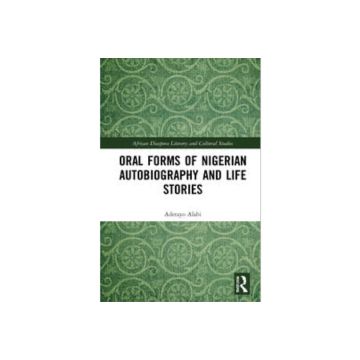
Oral Forms of Nigerian Autobiography and Life Stories
by Adetayo Alabi (2022)
Oral Forms of Nigerian Autobiography and Life Stories explores the rich tradition of oral self-narratives among African communities, especially the Yoruba. Challenging Eurocentric views, the book highlights how Africans have long used oral forms—like praise poems, hunters’ chants, and marriage songs—to tell stories of identity, culture, and resistance. It’s a vital resource for anyone studying African literature, history, and oral traditions.
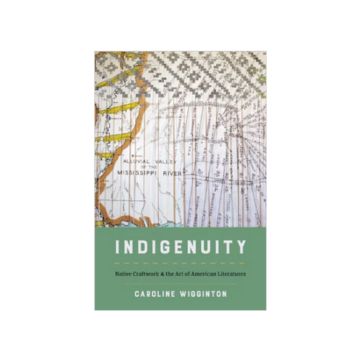
Indigenuity: Native Craftwork and the Art of American Literatures
by Caroline Wigginton (2022)
In this groundbreaking study, Caroline Wigginton explores how Native craftwork and American literature have long been intertwined. Blending Indigenous studies, literary history, and material culture, she reveals how communities across North America have used books and handmade objects to tell stories, preserve culture, and resist colonial erasure. This work reframes American literary history as deeply rooted in Native aesthetics and creative traditions.

Fossil-Fuel Faulkner: Energy, Modernity, and the US South
by Jay Watson (2022)
Fossil Fuel Faulkner is the first full-length study of a single author in the energy humanities. Jay Watson explores how William Faulkner’s work reflects the South’s transition into a fossil-fueled world and its entanglements with slavery, environmental degradation, and social inequality. Through Faulkner’s novels and stories, Watson reveals the deep cultural and ecological insights literature can offer about energy, history, and the costs of modernity.
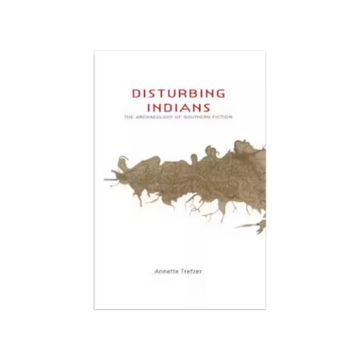
Disturbing Indians: The Archaeology of Southern Fiction
by Annette Trefzer (2016)
In Disturbing Indians, Annette Trefzer explores how Native Americans, though historically marginalized, play a vital role in shaping the South’s cultural and literary identity. Analyzing works by Faulkner, Welty, Lytle, and Gordon, she shows how these authors revisit the "Indian frontier" to explore themes of colonization, guilt, and national identity. Drawing on both literal and literary archaeology, Trefzer uncovers the layered presence of Native histories in southern literature and their significance to regional and national narratives.

Corporate Romanticism: Liberalism, Justice, and The Novel
by Daniel Stout (2016)
In Corporate Romanticism, Daniel Stout challenges the idea that the 19th-century novel simply reflects the rise of individualism. Instead, he argues that writers like Godwin, Austen, Mary Shelley, and Dickens grappled with a world increasingly shaped by corporate actors and collective forces. As liberalism and the law struggled to assign accountability in this new landscape, the novel revealed the growing tension between individual agency and large-scale systems. This book reframes our understanding of Romantic-era fiction as an early reckoning with modern questions about justice, responsibility, and power in an impersonal world.
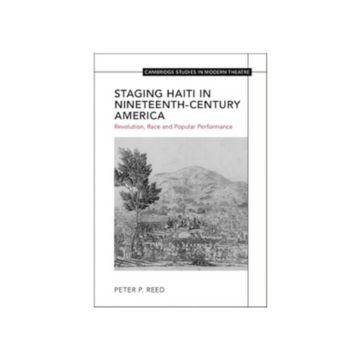
Staging Haiti in Nineteenth-Century America: Revolution, Race and Popular Performance
by Peter Reed (2022)
In Haiti and American Performance, Peter P. Reed explores how Haiti's revolutionary history influenced American culture through various performance forms. After Haiti's slave revolts in the 1790s, Americans—ranging from actors to abolitionists—reinterpreted Haiti's struggle for freedom, balancing its inspiring fight for liberty with its associations of chaos. Through the lens of blackface minstrelsy, abolitionist theater, and literary works, Reed shows how Haiti’s example of Black independence reshaped American ideas of race, power, and freedom, leaving a lasting impact on cultural performances and narratives still felt today.
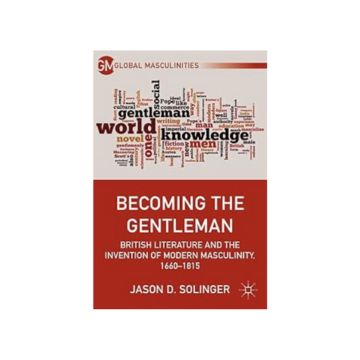
Becoming the Gentleman: British Literature and the Invention of Modern Masculinity, 1660–1815
by Jason Solinger (2012)
In The British Gentleman, Solinger examines how the concept of the gentleman evolved in 18th-century Britain. With rising literacy, colonial expansion, and the rise of the novel, the ideal gentleman transformed into a worldly, educated man, becoming the perfect match for heroines in literature, reflecting broader societal changes.

Shakespeare and Animals: A Dictionary
by Karen Raber (2022)
This comprehensive dictionary explores animals in Shakespeare's plays and poems, providing a valuable resource for navigating recent critical and historical work. It covers insects, fish, mythic creatures, and the cultural practices surrounding animals in early modern life. Focusing on how animality shapes character and the blurred human-animal boundary, it also examines the material presence of animals in both theater and everyday life, serving as a key resource for scholars in animal studies, posthumanist theory, ecostudies, and cultural studies.

Race, Ralph Ellison and American Cold War Intellectual Culture
by Richard Purcell (2013)
Purcell examines the often-overlooked role of race, both biological and sociological, in the global and cultural Cold War, alongside the well-discussed arms race of the post-war period.
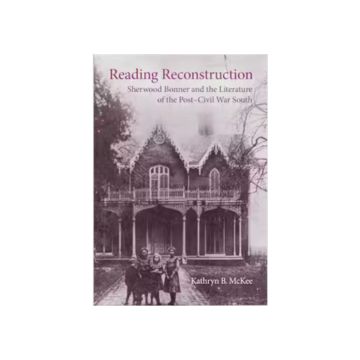
Reading Reconstruction: Sherwood Bonner and the Literature of the Post-Civil War South
by Kathryn Mckee (2019)
Kathryn B. McKee’s Reading Reconstruction repositions Mississippi writer Katharine Sherwood Bonner McDowell as a sharp chronicler of post-Civil War Southern life, capturing the tensions of the Reconstruction era in her work. McKee explores how Bonner’s fiction and nonfiction reflect the clashing forces of emerging feminism and resurgent racism, revealing a writer deeply entangled in the cultural contradictions of her time. Through humor, satire, and social commentary across genres—from travel letters to fiction—Bonner interrogated gender roles, racial violence, and the myths of reconciliation, offering a complex portrait of Southern identity in flux.
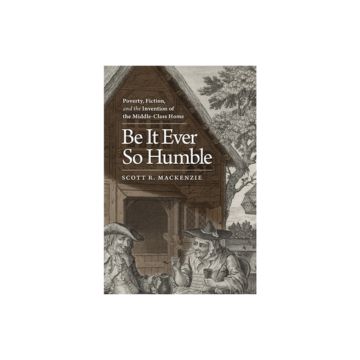
Be it Ever so Humble: Poverty, Fiction, and the Invention of the Middle-Class Home
by Scott Mackenzie (2013)
Scott MacKenzie’s Be It Ever So Humble traces the origins of the modern middle-class home to 18th-century England, arguing that its earliest imagined residents were not the wealthy but the poor. As the parish system declined, reformers and writers began envisioning the laborer’s cottage as a site of moral reform and national stability—where private domesticity could transform the indigent into productive citizens. Drawing from legal, philosophical, religious, and literary texts, MacKenzie reveals how the private home emerged as a powerful symbol in poverty management discourse before being claimed by the middle class. This study reframes domesticity’s history as rooted in social control, not bourgeois comfort.
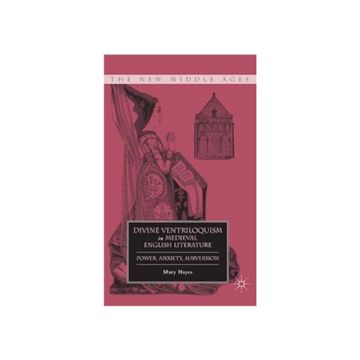
Divine Ventriloquism in Medieval English Literature: Power, Anxiety, Subversion
by Mary Hayes (2011)
Mary Hayes’s Divine Ventriloquism in Medieval English Literature explores how medieval writers reimagined the ancient practice of ventriloquism as a means of expressing divine speech. Focusing on the mediated voice of God or Christ, Hayes shows how this literary device opened complex questions about religious authority, clerical power, and lay devotion. As priests increasingly acted as sanctioned transmitters of divine words, the boundaries between sacred and human speech grew fraught—eventually sparking anxieties about who could truly speak for God. Hayes traces a shift from orthodox control toward more subversive representations, where lay voices begin to challenge and even embody divine authority themselves.
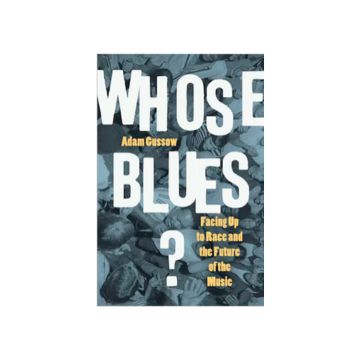
Whose Blues? Facing Up to Race and the Future of the Music
by Adam Gussow (2020)
Adam Gussow’s Whose Blues? tackles the evolving identity of blues music in a world far removed from its Black southern origins. Starting with Mamie Smith’s landmark 1920 recording of “Crazy Blues,” which opened commercial doors for Black artists and introduced blues to global audiences, Gussow traces how the genre has since become a multicultural, transnational phenomenon. Yet this expansion raises urgent questions about ownership, authenticity, and cultural memory. Gussow asks: when people say “blues is Black music,” how do we reconcile that with the diverse global community now playing and consuming it? And when others claim there’s “no Black, no white, just the blues,” what histories are being smoothed over or erased?
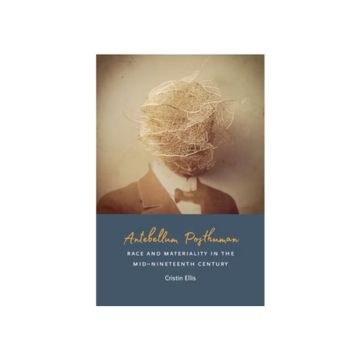
Antebellum Posthuman: Race and Materiality in the Mid-Nineteenth Century
by Cristin Ellis (2018)
Cristin Ellis’s Antebellum Posthuman explores how 19th-century American literature grappled with tensions between humanist ideals and emerging scientific theories that challenged the very definition of the human. While abolitionists famously appealed to shared humanity in their fight against slavery, Ellis shows that this rhetoric evolved in response to a growing reliance on biological science to justify racial hierarchies. Through readings of Douglass, Thoreau, Whitman, and Dickinson, Ellis uncovers a shift toward what she calls “antislavery materialism”—a movement that placed racial justice within a framework that questioned the stability of human identity itself.
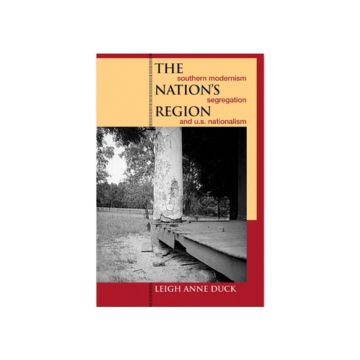
The Nation's Region: Southern Modernism, Segregation, and U.S. Nationalism
by Leigh Anne Duck (2009)
In The Nation’s Region, Leigh Anne Duck examines how southern writers used representations of time to interrogate the uneasy coexistence of liberalism and apartheid in the early twentieth-century U.S. Focusing on figures like Thomas Dixon, Zora Neale Hurston, and William Faulkner, Duck argues that national narratives often portrayed the South as a backward exception—a place frozen in time, useful for romanticizing tradition while the rest of the country raced toward modernity. But as global fascism rose and economic instability deepened during the Great Depression, this vision of a quaint South grew ominous, revealing what the nation itself might become.
